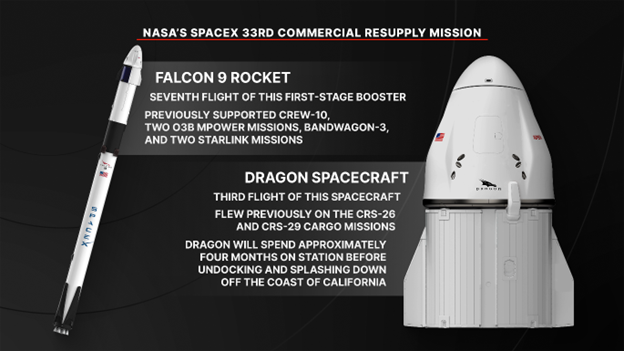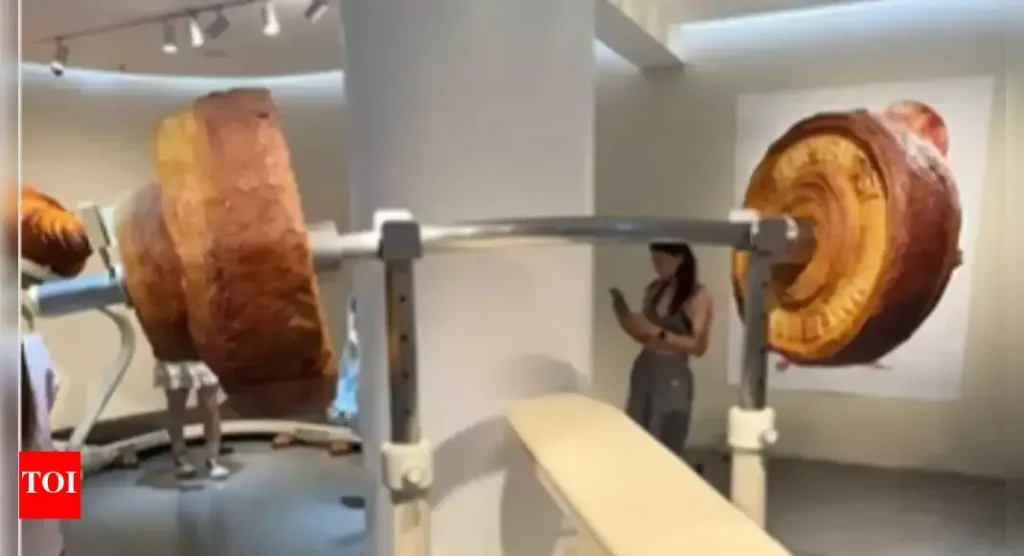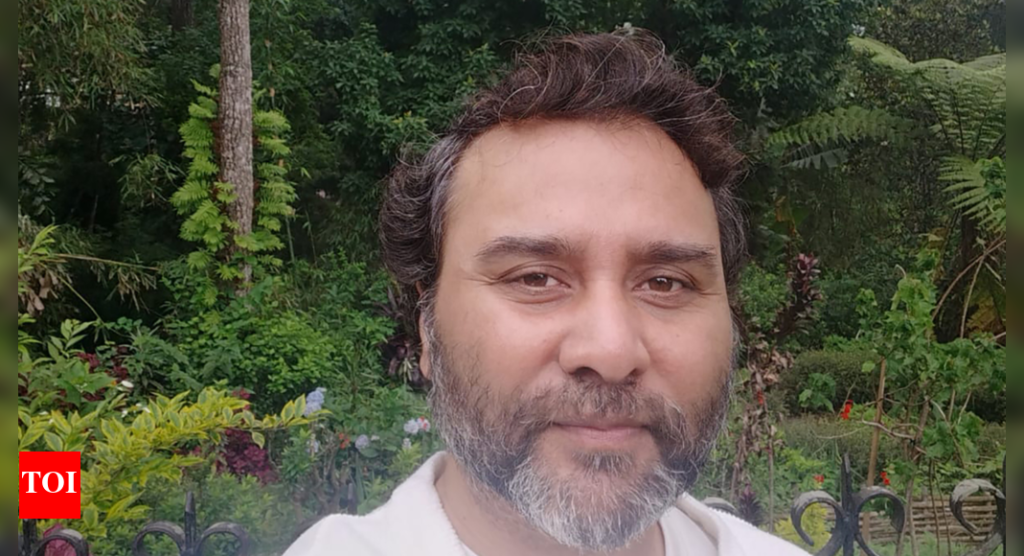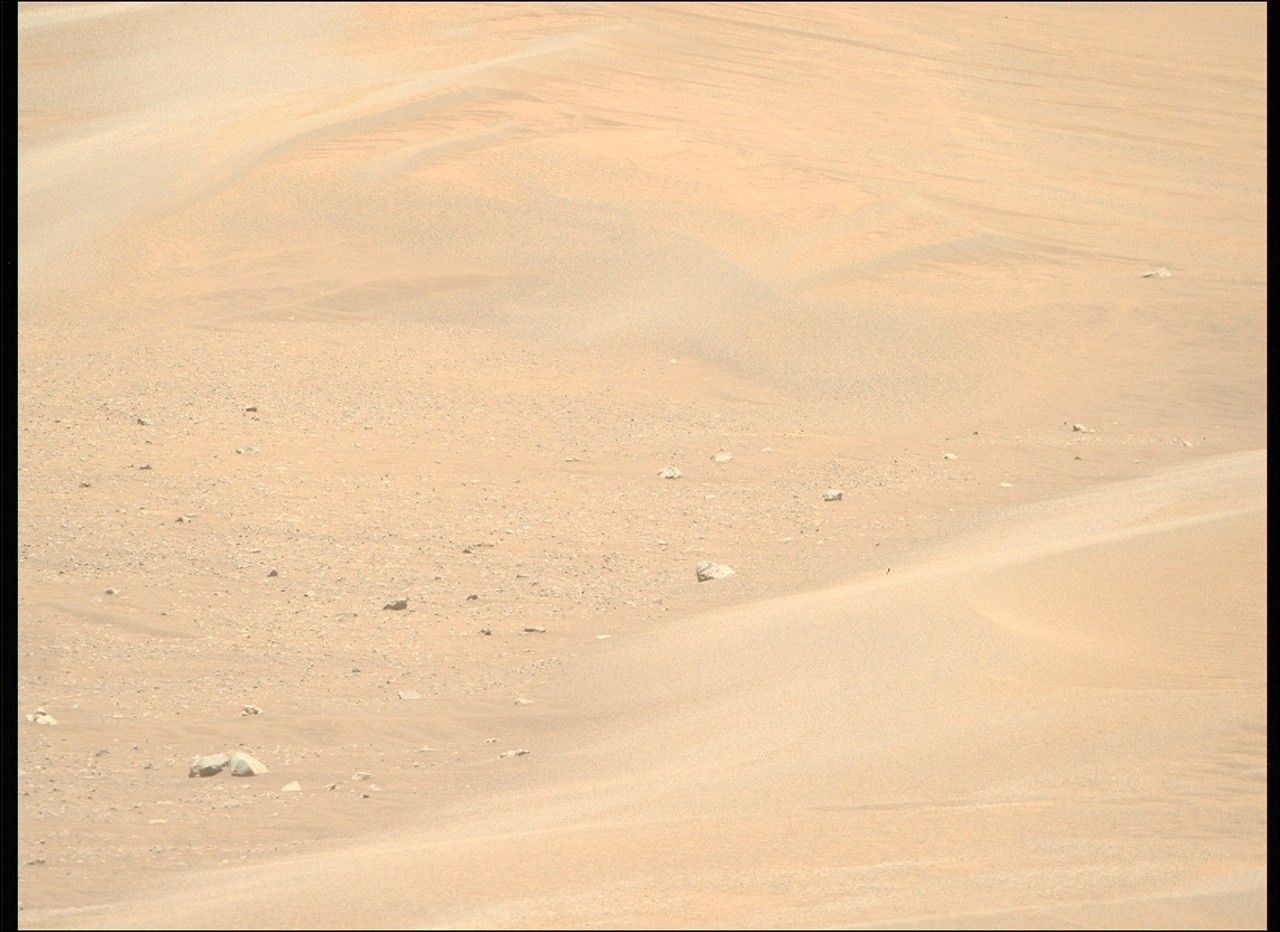Now Reading: NASA-SpaceX Launches 33rd Resupply Mission to ISS
-
01
NASA-SpaceX Launches 33rd Resupply Mission to ISS
NASA-SpaceX Launches 33rd Resupply Mission to ISS

Fast Summary
- NASA and SpaceX aim to launch the 33rd Commercial Resupply Services (CRS) mission to the International Space Station (ISS) on Sunday, Aug. 24, at 2:45 a.m. EDT.
- The Falcon 9 rocket will carry over 5,000 pounds of scientific investigations, hardware, and supplies aboard a Dragon spacecraft.
- Dragon is set to autonomously dock with the ISS’s Harmony module at approximately 7:30 a.m. EDT on Monday, Aug. 25.
- Scientific Highlights:
– Studies on bone-forming stem cells aimed at understanding and mitigating astronaut bone loss during long missions.
– Advancements in additive manufacturing via ESA’s Metal 3D Printer for creating metal parts in space.- Bioprinting experiments with liver tissue to assess developments in microgravity for organ transplantation research.
– research into bioprinted devices for nerve regrowth after injuries has also been included.
- Technical Hardware and Experiments Delivered:
– Reboost Kit: Demonstrates how to maintain the station’s orbit altitude using independent propulsion systems.
– Upgraded tools such as water processing units, gas analyzers, exercise equipment, acoustic monitors, spare pumps/separators for water recovery systems, emergency breathing apparatuses due to aging components aboard ISS.
Indian Opinion Analysis
This latest resupply mission reinforces international collaboration between entities like NASA and ESA while pushing frontiers in space exploration technologies. For nations like India advancing their own space ambitions through ISRO’s projects such as Gaganyaan or exploratory missions targeting human presence beyond Earth (e.g., Chandrayaan & Shukrayaan), observations from ISS-driven innovations hold lessons notably regarding sustainability during extended crewed ventures.
The inclusion of cutting-edge fields-bioprinting functional tissues/organs or addressing long-term ailment risks relevant back home-to continuous efforts ensuring water/oxygen autonomy by modular tech replacement underscores scalable integration logic benefiting population trends-universal health aspirations shaping future low-gravity experiments alongside private/public ecosystemally




























